To provide the best experiences, we use technologies like cookies to store and/or access device information. Consenting to these technologies will allow us to process data such as browsing behavior or unique IDs on this site. Not consenting or withdrawing consent, may adversely affect certain features and functions.
The technical storage or access is strictly necessary for the legitimate purpose of enabling the use of a specific service explicitly requested by the subscriber or user, or for the sole purpose of carrying out the transmission of a communication over an electronic communications network.
The technical storage or access is necessary for the legitimate purpose of storing preferences that are not requested by the subscriber or user.
The technical storage or access that is used exclusively for statistical purposes.
The technical storage or access that is used exclusively for anonymous statistical purposes. Without a subpoena, voluntary compliance on the part of your Internet Service Provider, or additional records from a third party, information stored or retrieved for this purpose alone cannot usually be used to identify you.
The technical storage or access is required to create user profiles to send advertising, or to track the user on a website or across several websites for similar marketing purposes.
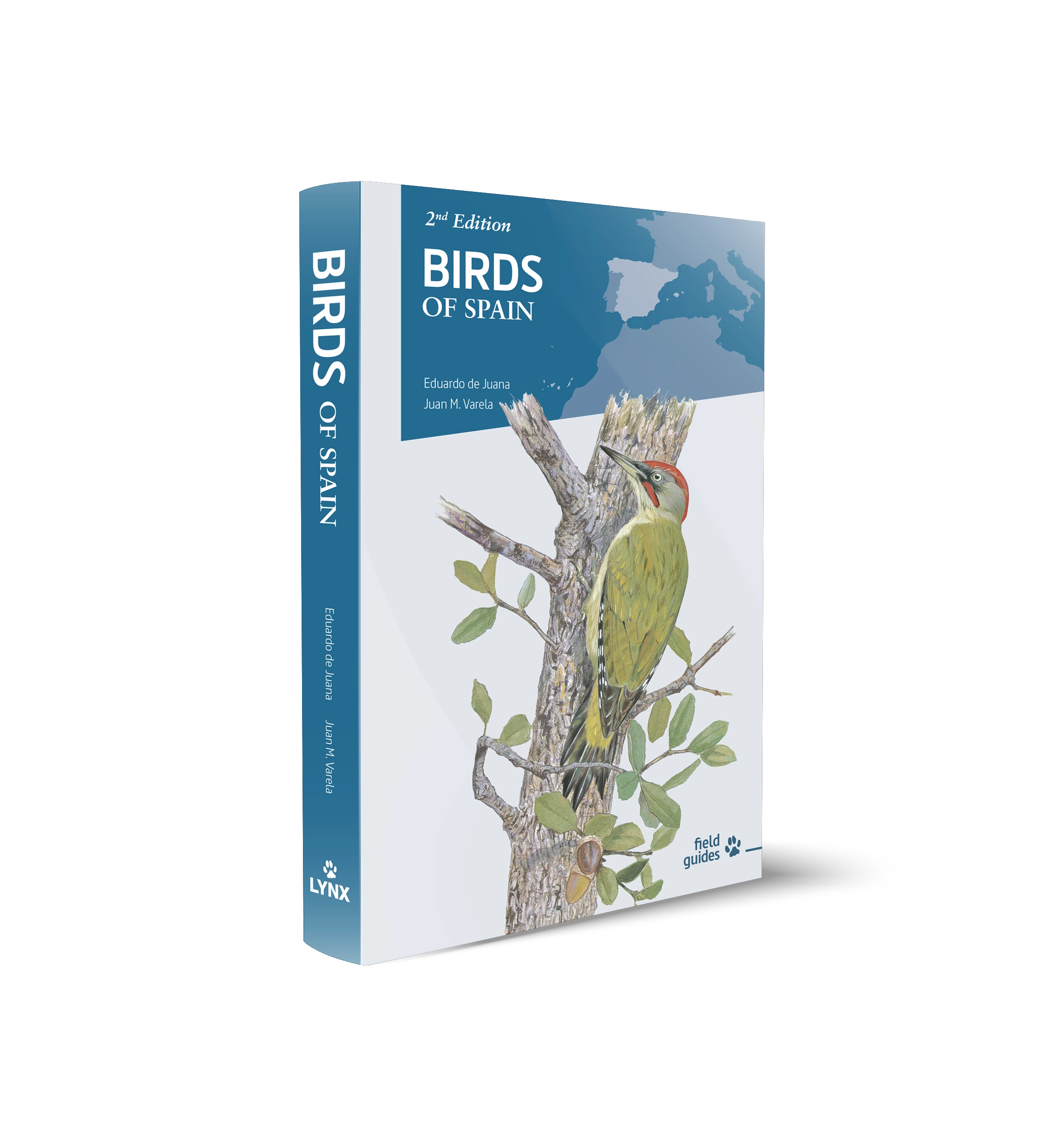
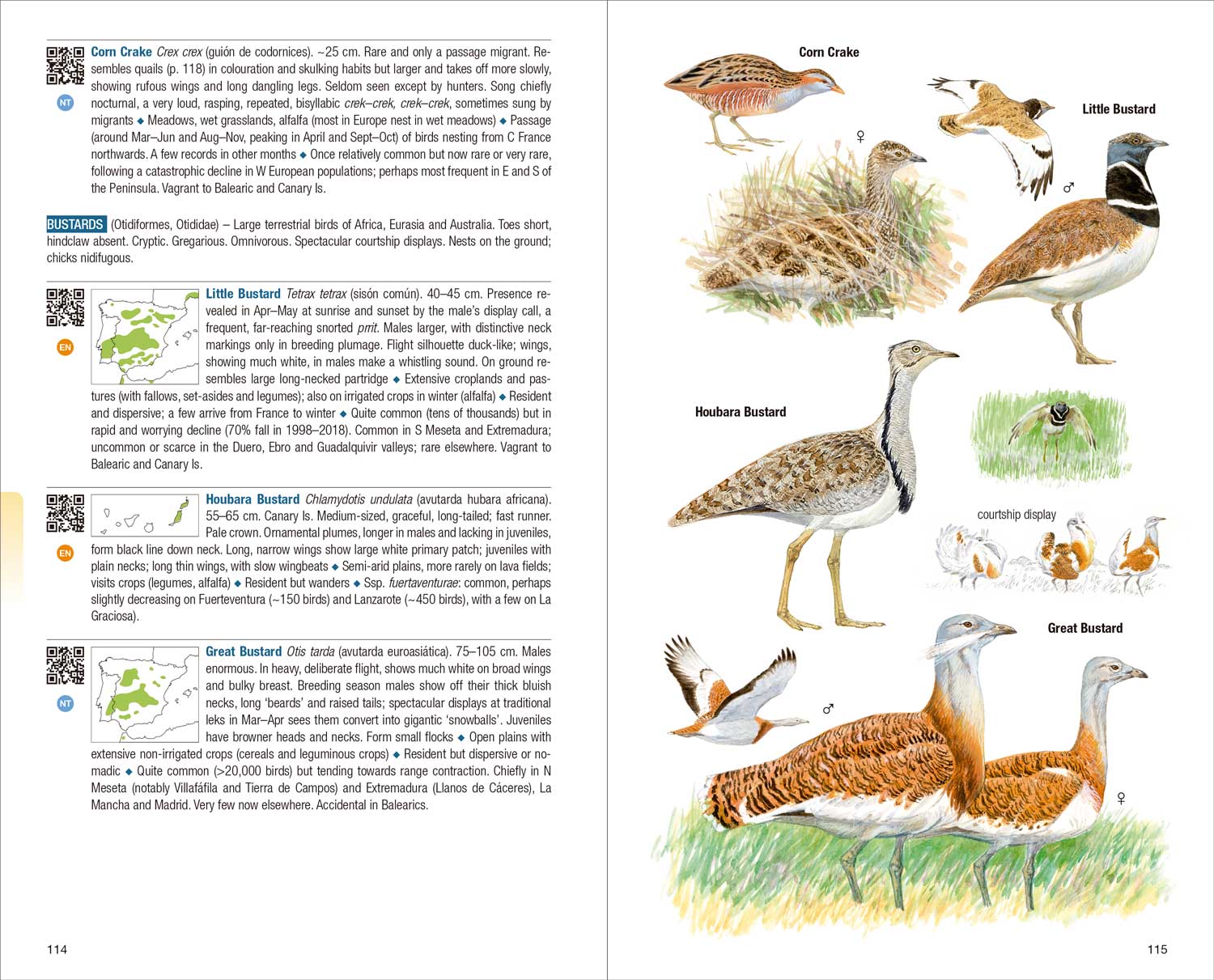
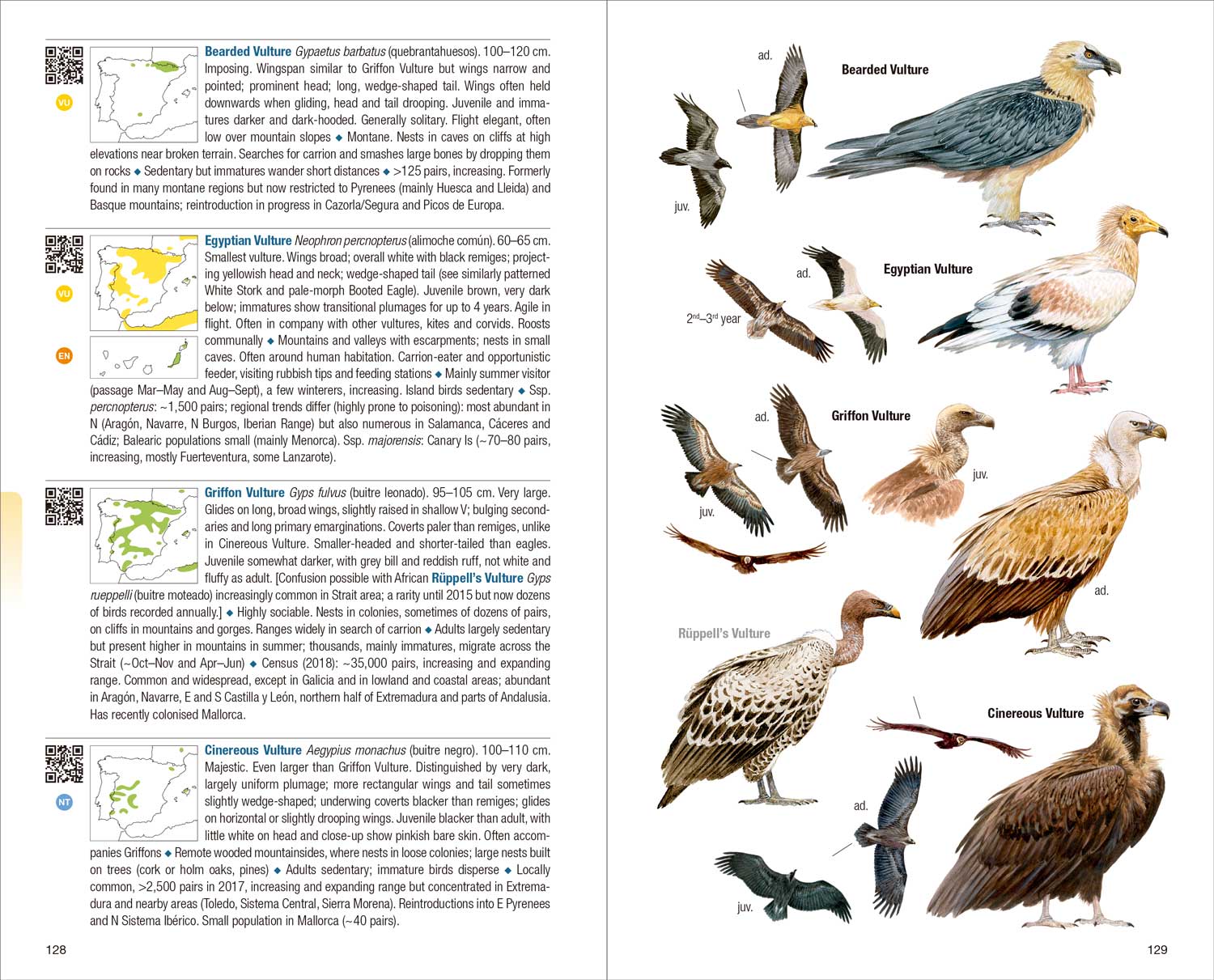
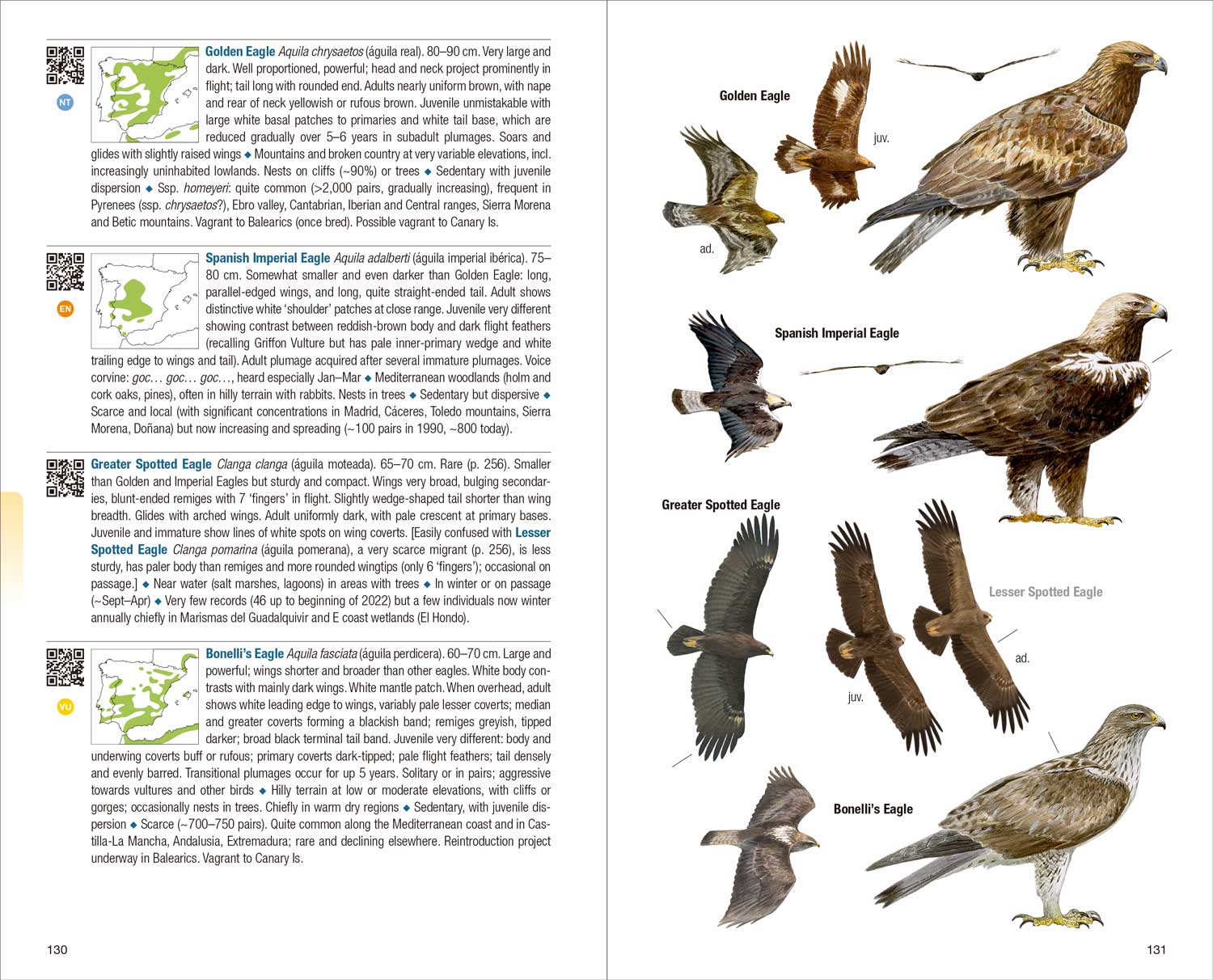
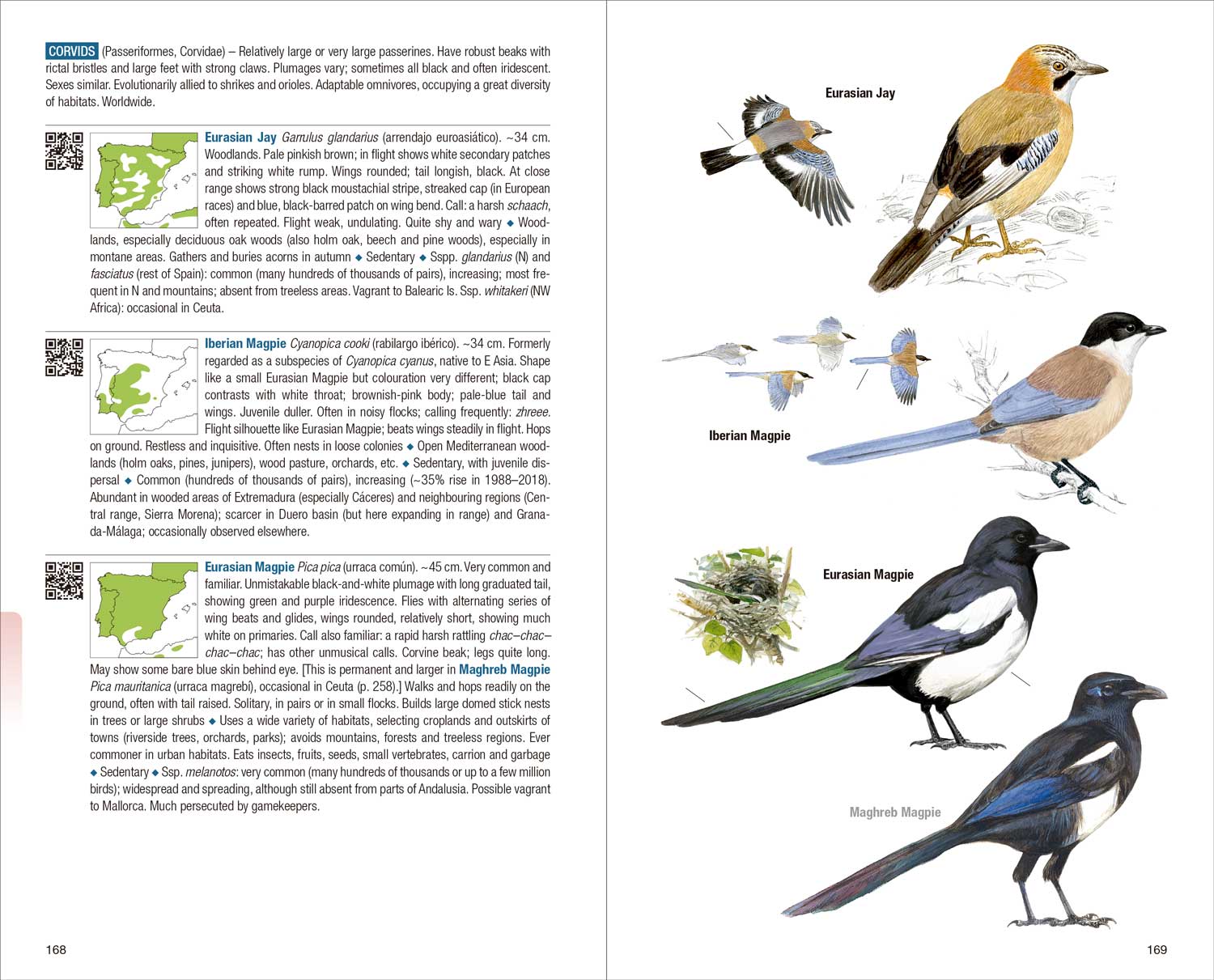
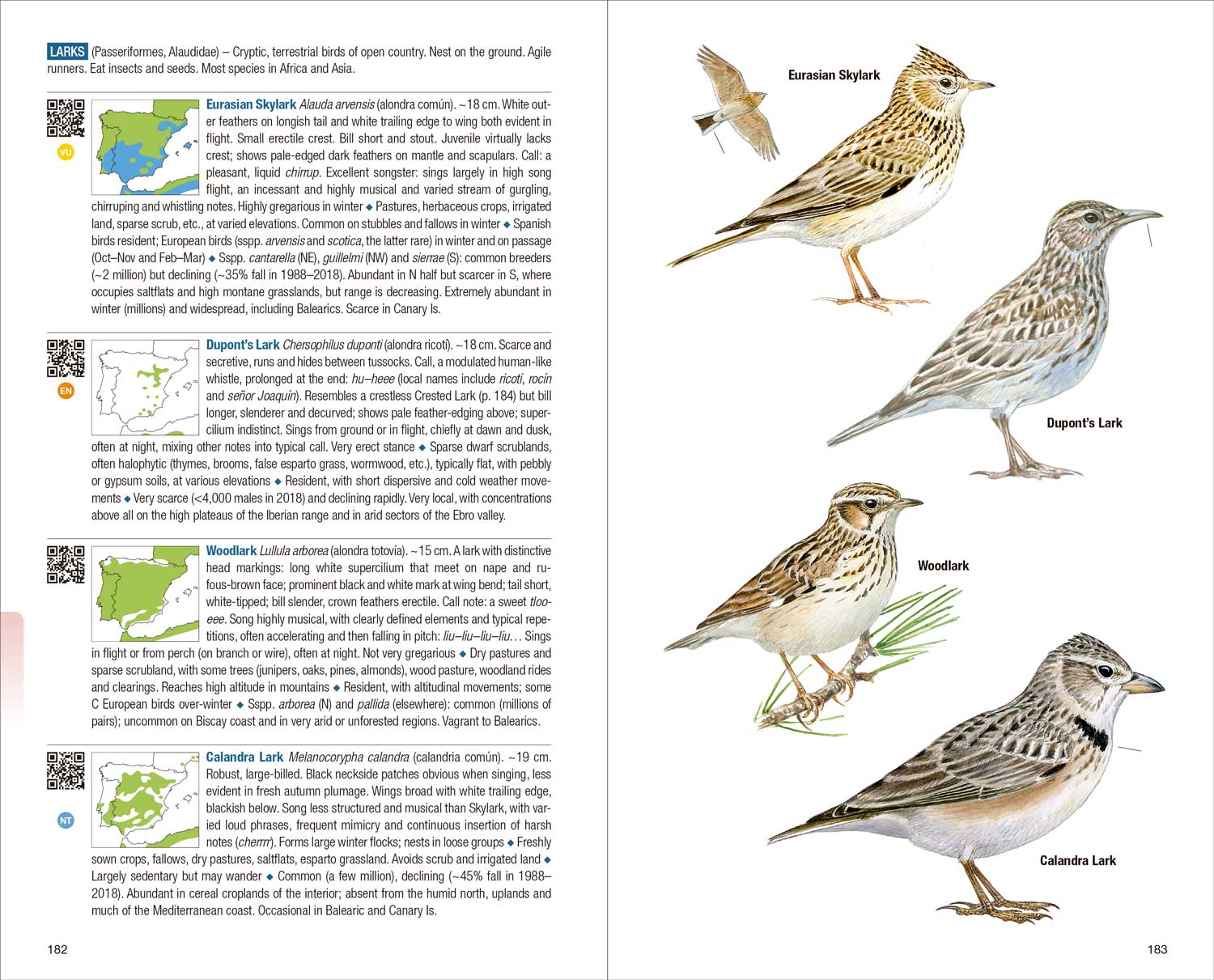
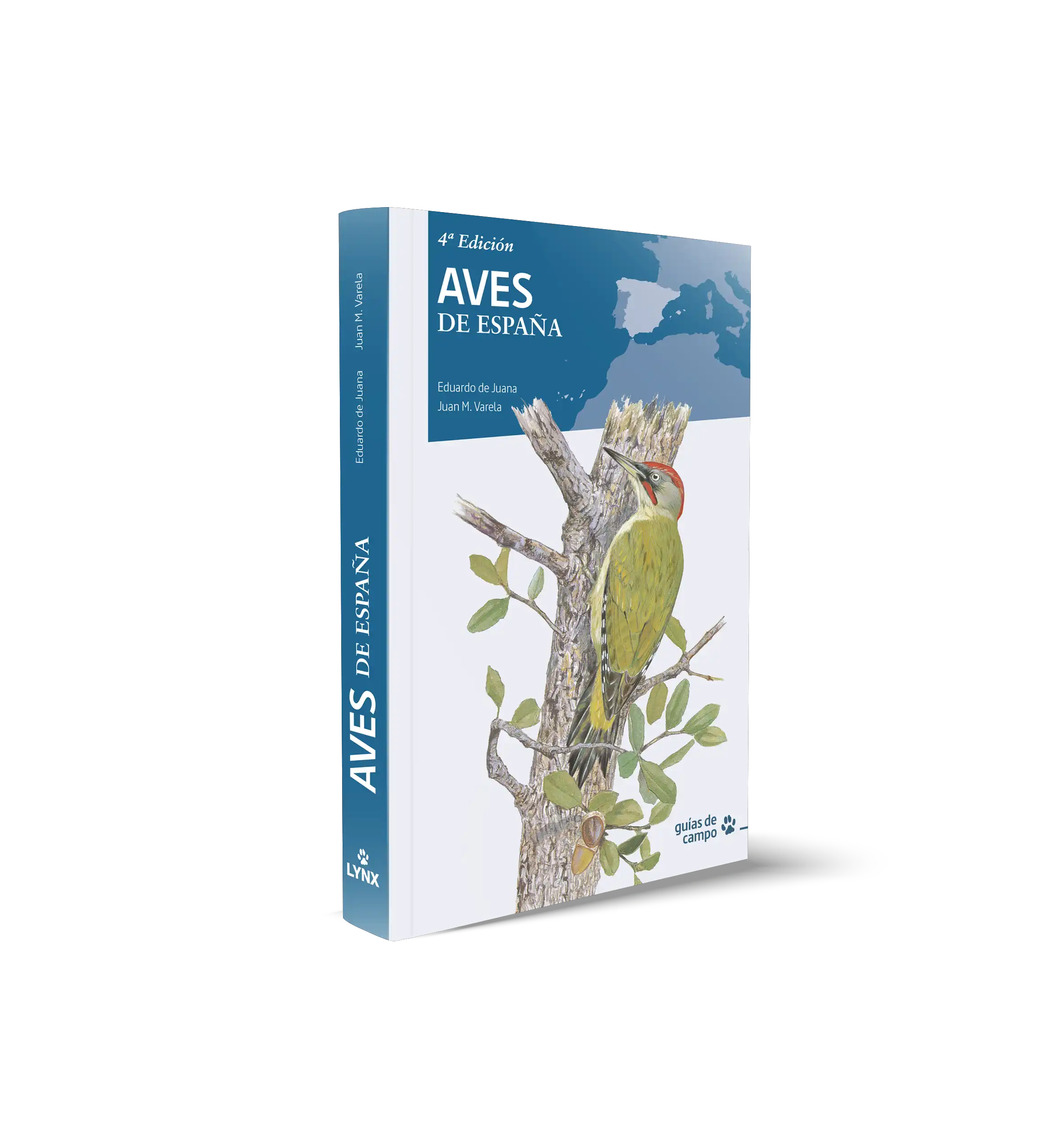
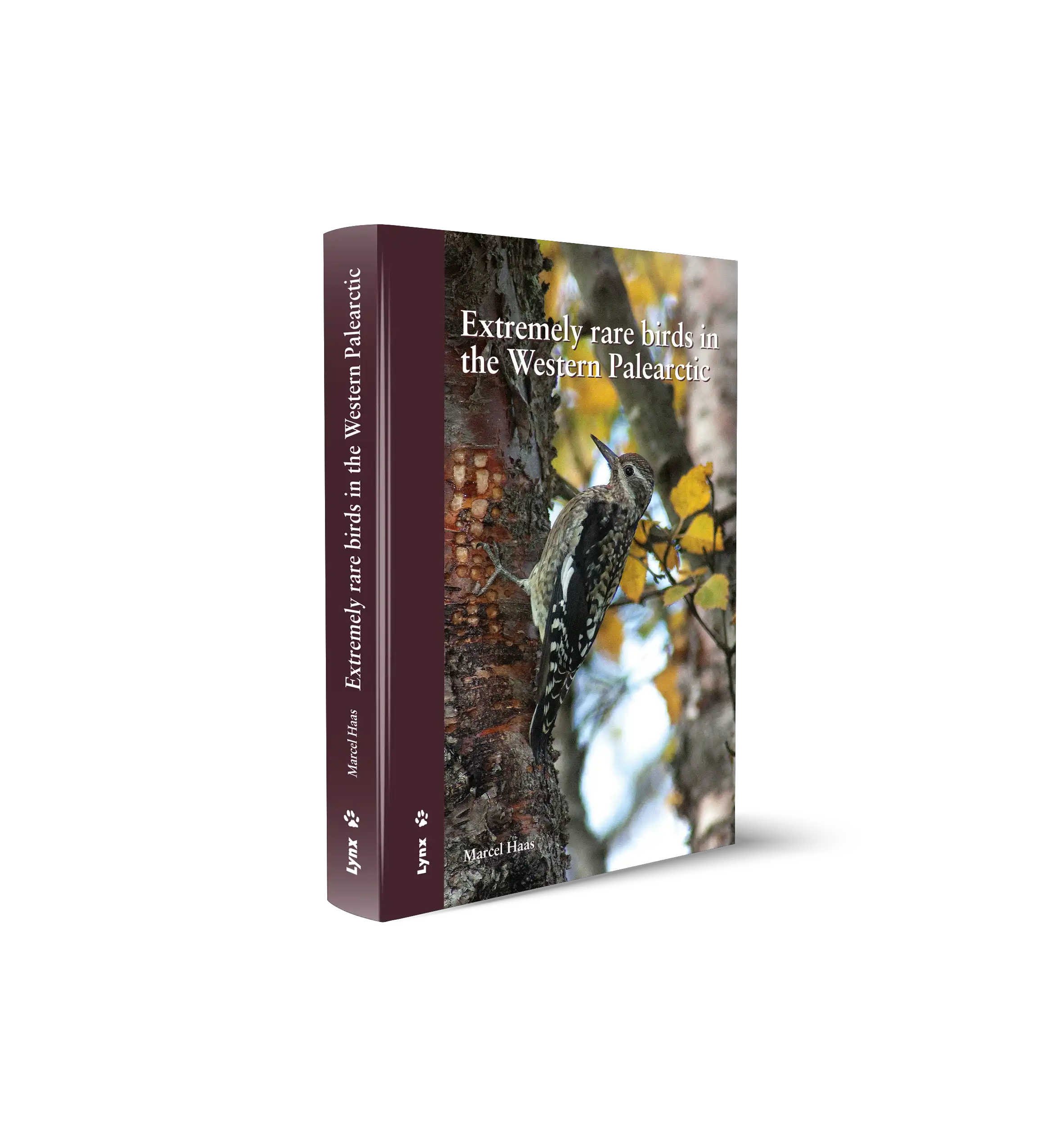
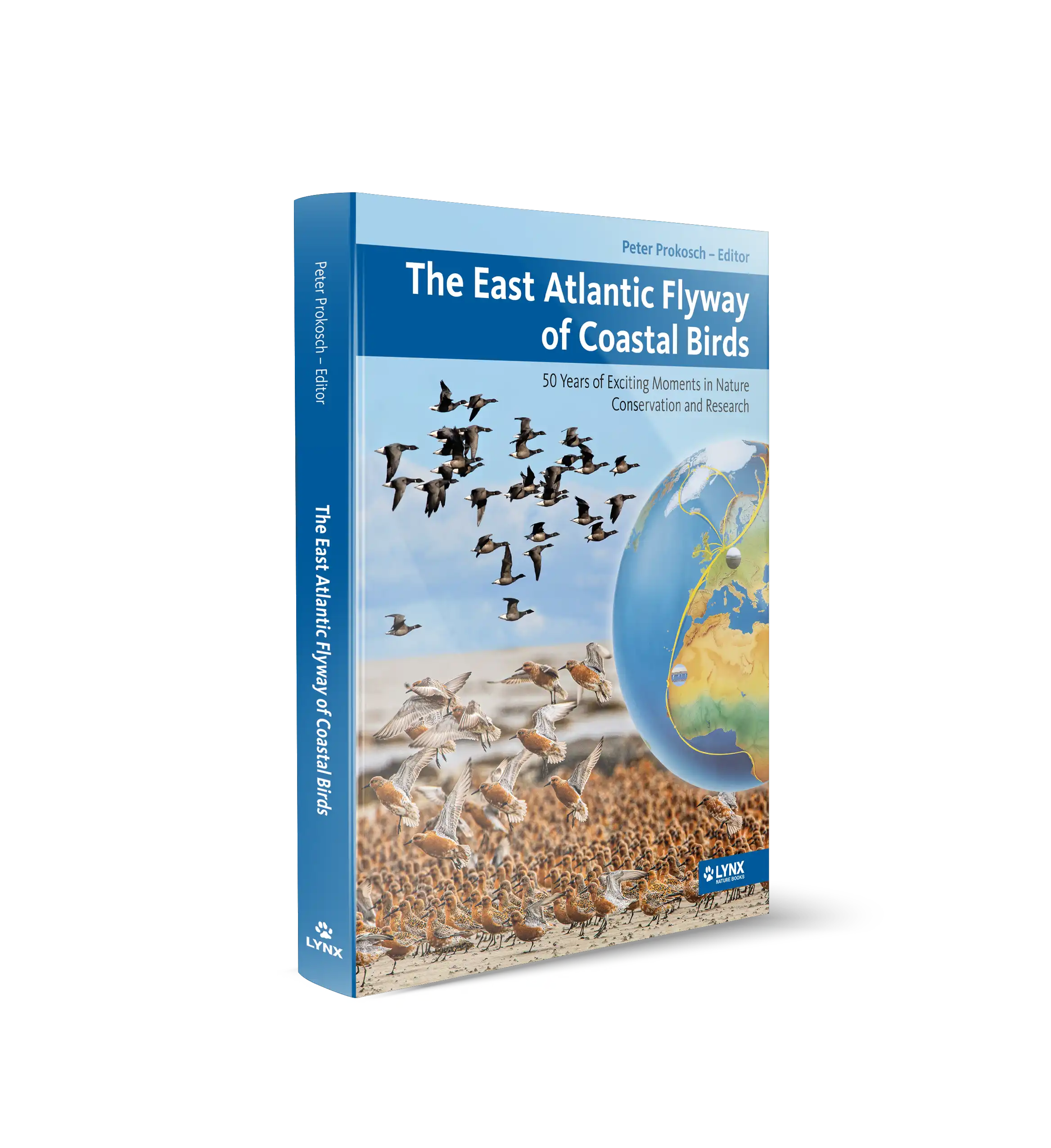
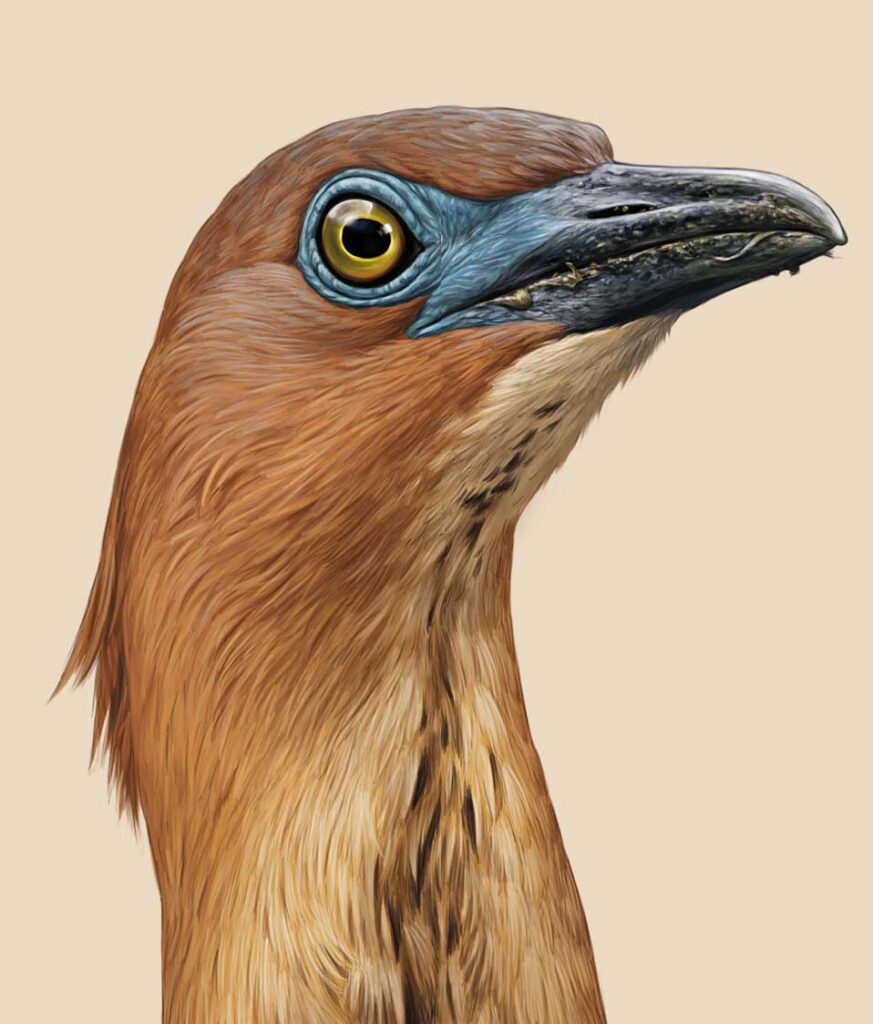
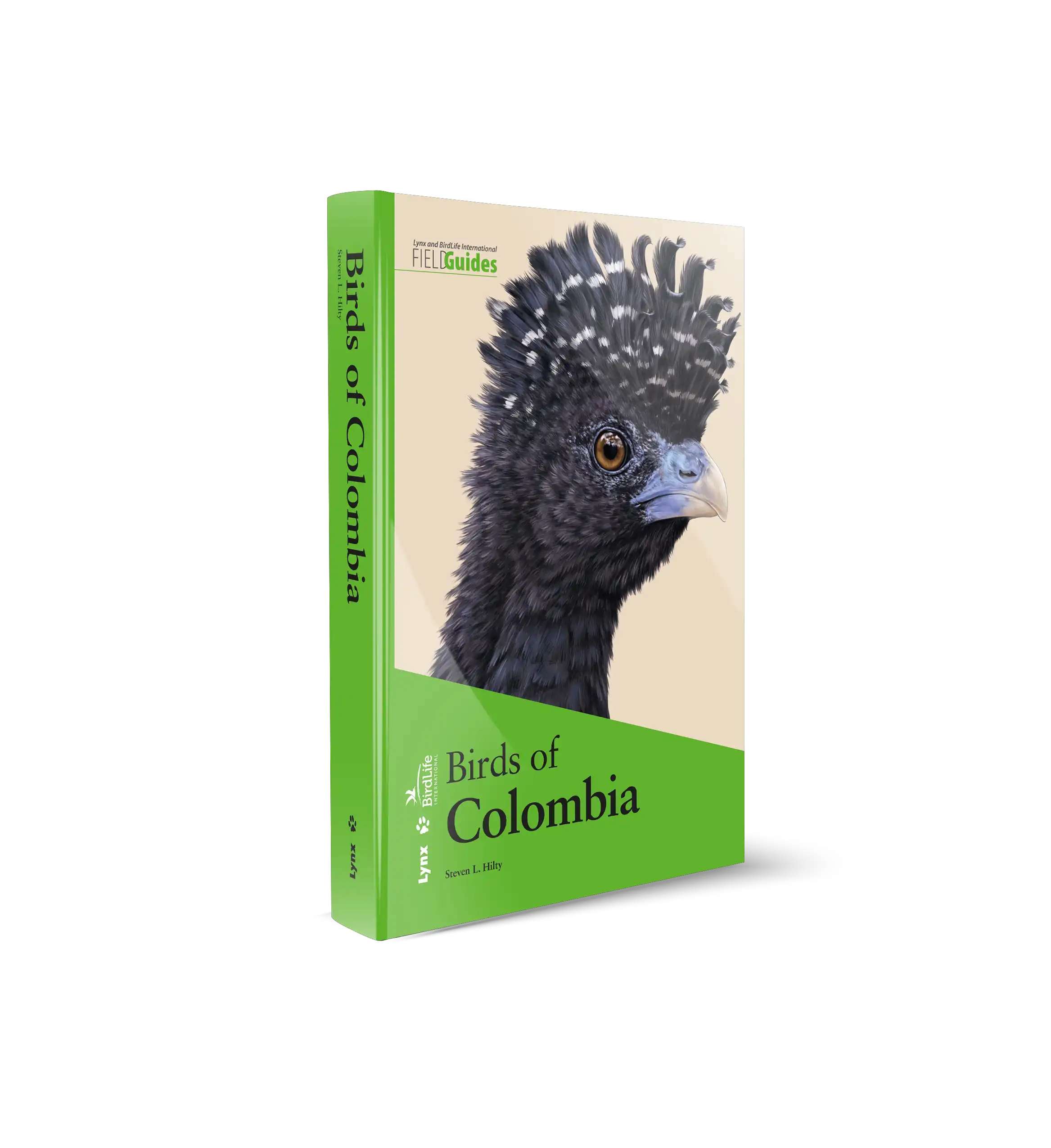
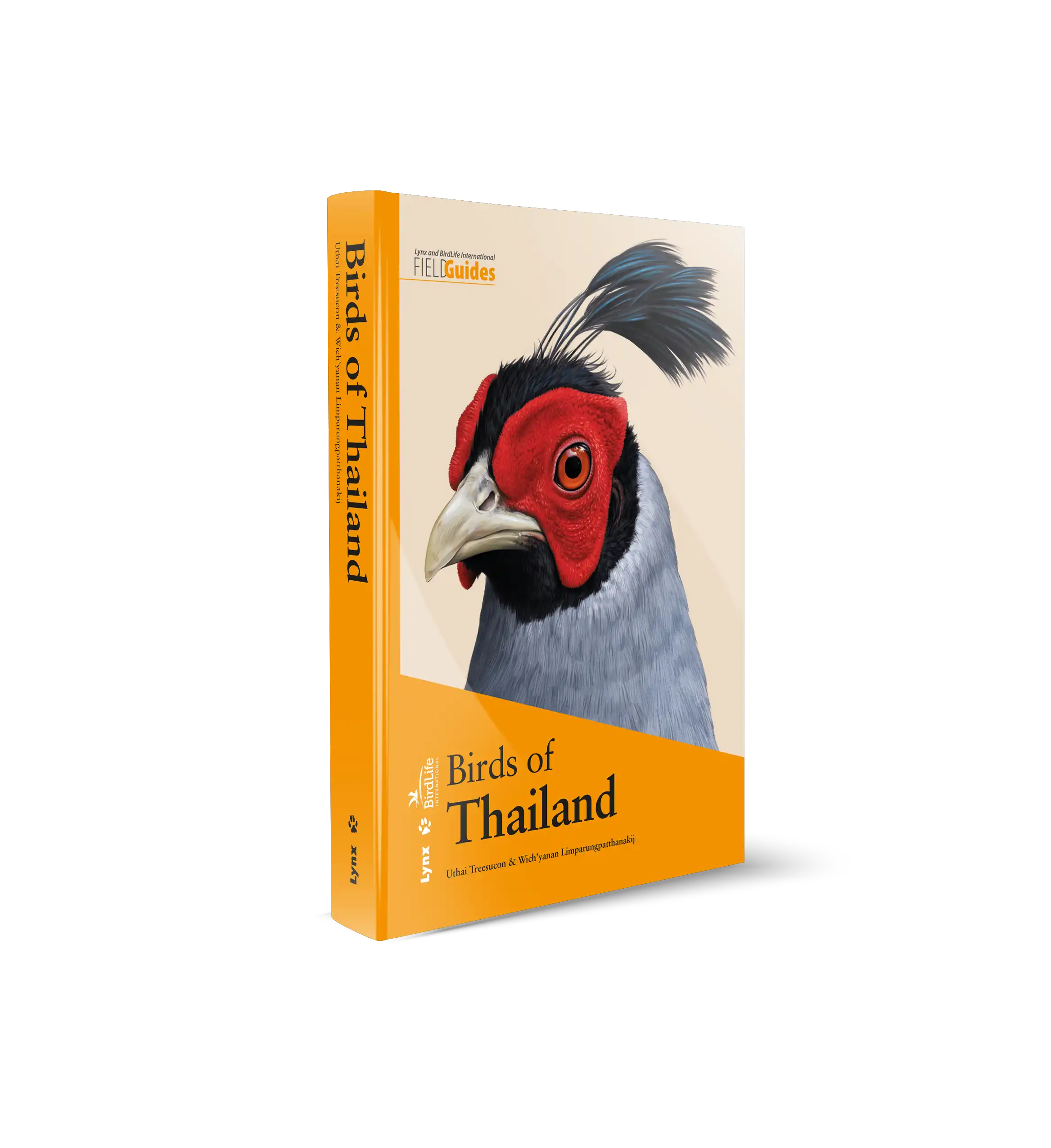
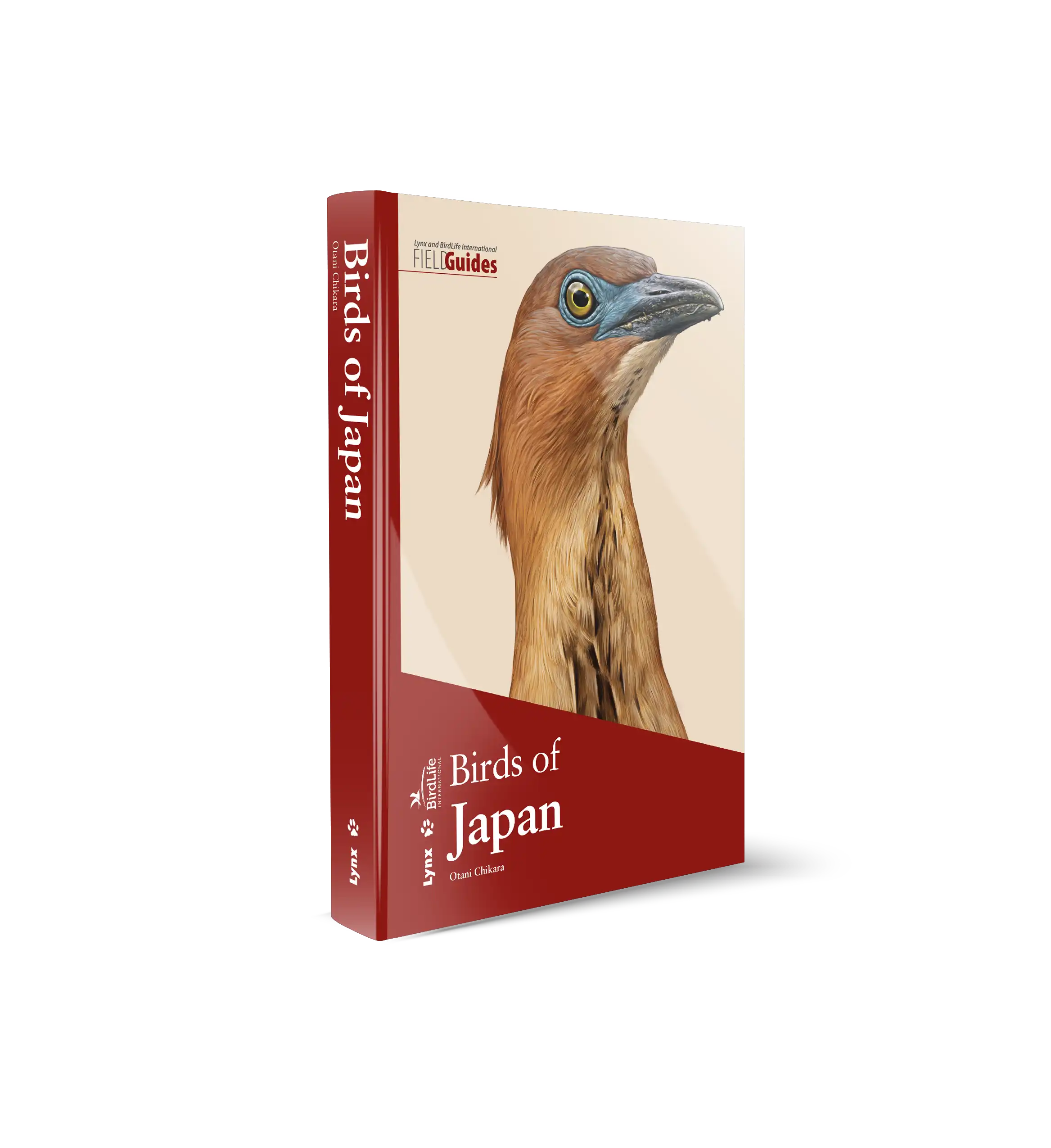








 版权 2025 © Lynx Nature Books
版权 2025 © Lynx Nature Books
Gehan de Silva Wijeyeratne –
My spontaneous reaction to this book was an overarching impression of a book that seems clean and fresh and friendly to people whose birding is at a beginner or intermediate level. However, I should immediately add that the quality of the text and the structure of information is good enough to satisfy experienced birders. So why does this book seem like a ‘friendly’ book for newcomers.
The answer seems to lie in the illustrations being much bigger, perhaps twice the size of other field guides. Plus, there is a pleasing painterly touch to the illustrations. This does not detract from the accuracy. The illustrations are life-like and have the accuracy of detail expected from an advance field guide. But nevertheless, they are pleasing and an interesting departure from the photo-realism style that has become more normal. Also, it may actually help newcomers to birding to have a book where the illustrations are easier on the eye and not too busy with several illustrations of different age class or sub-species plumages.
The identification aspects of the text is very good and reflects much of the recent advances in bird identification. In fact, as an ID guide, the book will work well anywhere in Europe for the regularly occurring species. The book is also compact and lighter than European gold standard, the Collins Bird Guide. For European birders flying into Spain for a short break and needing to carry everything in a day pack on a budget airline, this book is a good alternative. Especially so if you are a regular to Spain and are interested in in the distribution text which is specific to Spain. However, the clear, distribution maps cover the whole of the Iberian Peninsula, quite often extending to the North African coast as well. I would have been quite happy to have had this book on my last visit to Portugal because it would have been perfectly adequate as field guide for Portugal as well.
The text on distribution and abundance is Spain-centric. This book will serve well the many native English-speakers who visit regularly or have a second home in Spain. But wherever you are live in Europe, it is always to compare and contrast the relative abundance of some species of birds in your home country versus another you are visiting. Visiting birders may find this extra information of interest as field guides often omit that level of detail to remain compact. But this book manages to fit extra information in concisely and even in some cases information on sub-species or similar species whilst keeping the book relatively compact.
The text facing the pages have clear distribution maps. As with other field guides by Lynx Nature Books there are QR codes as well, on the text page facing the plates. These take you to the SEO Birdlife’s Guia de Aves de Espana site in Spanish. What is most helpful is that you can then listen to the calls as well.
The main section ends with abbreviated accounts of rarities some of which are illustrated. The end pages include a good bibliography, a checklist of species, links to regional bird reports and other internet resources. All in all, its field guide that has been put together well and will be a good role model for other country level field guides which want to pack in a lot of information but nevertheless feel accessible those who have not crossed the line to being hard core birders.